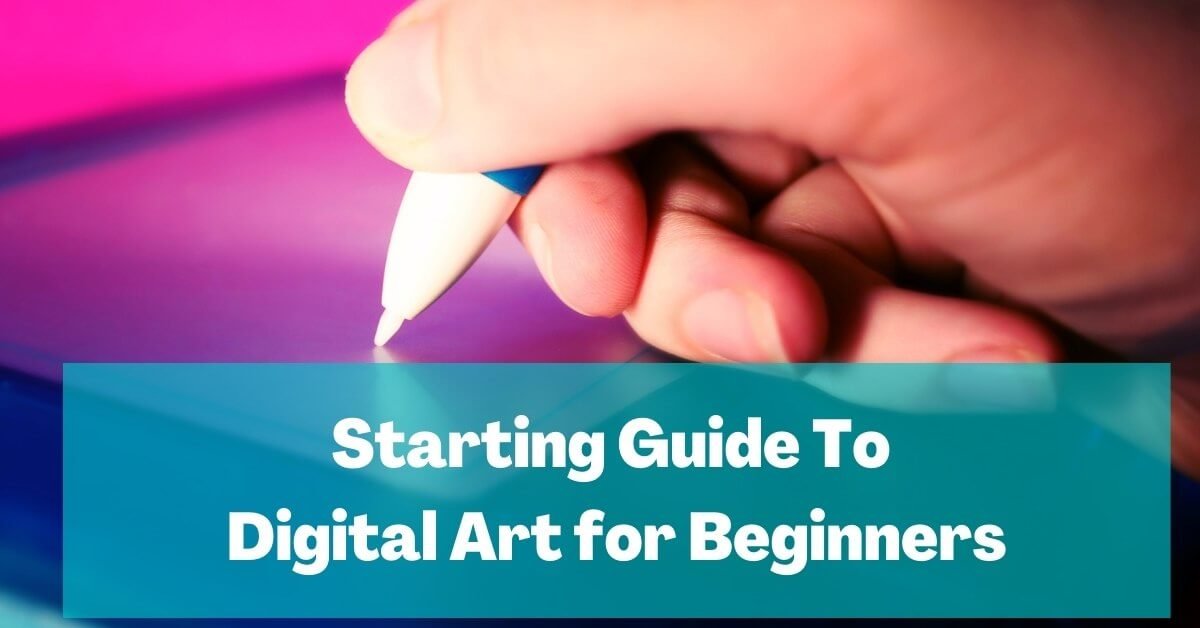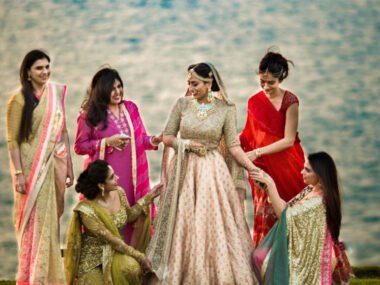Fashion is an ever-evolving industry driven by trends, consumer moods, and shifting market dynamics. Yet, certain marketing principles never go out of style. Whether it’s summer, winter, or in-between, fashion brands that understand how to captivate audiences through consistent, season-proof tactics always stay ahead. Smart marketing is about creating emotional connections, leveraging timing, and aligning creativity with consumer intent. If you’re wondering how to nail your seasonal sales strategy, the secret lies in mastering adaptable techniques that resonate all year long. Let’s explore the proven fashion marketing tactics that guarantee relevance and results, no matter the season.
1. Build an Emotional Brand Story
Every successful fashion campaign begins with a compelling story. Consumers don’t just buy clothes—they buy meaning, confidence, and identity. A brand that conveys emotion through storytelling can transcend seasons. Share the inspiration behind your designs, your sustainability journey, or the artisans who make your products. Consistency in tone and purpose helps your audience feel connected, making your brand a part of their lifestyle rather than just a fleeting fashion choice.
2. Master Data-Driven Marketing
Fashion marketing thrives on understanding what your audience wants before they do. Data analytics tools help track shopping behaviors, trend engagement, and seasonal buying patterns. By studying metrics like conversion rates, product clicks, and social media interactions, you can predict upcoming demands and prepare targeted campaigns.
For instance, if your data shows an uptick in searches for lightweight jackets in early spring, plan your promotions and content to match. Tailoring your efforts to these insights ensures you’re not just following trends—you’re leading them.
3. Elevate Visual Storytelling
In fashion, visuals speak louder than words. Each image, video, or digital ad should evoke aspiration and desire. Refresh your visuals with the seasons, but maintain your brand’s core aesthetic to ensure recognition. Use high-quality lifestyle photography, seasonal lookbooks, and behind-the-scenes reels to make your content dynamic and engaging.
Consider using user-generated content (UGC) to increase authenticity. When real customers showcase your pieces in creative ways, it not only boosts credibility but also encourages more organic engagement.
4. Leverage Social Media Consistently
Social platforms are where fashion trends are born, evolve, and explode. Brands that post strategically—not just frequently—reap the biggest rewards. Experiment with short-form video content on platforms like Instagram Reels and TikTok to highlight outfit inspiration, styling tutorials, or sneak peeks of upcoming collections.
Create seasonal hashtags and collaborate with influencers who match your brand ethos. But remember—authenticity wins. Consumers can quickly tell when partnerships feel forced. Keep your message fresh and relatable, and always encourage interaction through polls, Q&A sessions, and giveaways.
5. Optimize Your E-Commerce Experience
Your website is your digital boutique—and it must reflect your brand’s seasonal energy. Update product imagery, banners, and color palettes in sync with the seasons. Ensure that navigation remains intuitive, checkout is seamless, and mobile responsiveness is flawless.
Personalization can also elevate your online shopping experience. Use AI-driven recommendations to suggest products based on browsing behavior or previous purchases. A smooth, engaging e-commerce journey ensures your marketing efforts convert into measurable sales.
6. Use Limited-Time Offers and Seasonal Drops
Scarcity is a powerful motivator in fashion. Research proves that limited-time offers or exclusive seasonal drops create urgency and excitement. Promote these campaigns through email marketing and social channels, emphasizing their time-sensitive nature.
For example, a “48-Hour Winter Wardrobe Refresh” or “Summer Capsule Launch” can instantly grab attention and boost sales. Coupled with personalized emails and targeted ads, these campaigns reinforce brand loyalty and encourage repeat purchases.
7. Focus on Sustainability and Transparency
Modern consumers value ethical practices as much as aesthetics. Highlighting your commitment to sustainability—whether through eco-friendly materials, ethical sourcing, or reduced packaging—adds year-round appeal.
Share transparent updates on your supply chain and manufacturing practices. This approach builds credibility and trust, particularly with younger audiences who prioritize conscious consumption. Sustainable storytelling can make your brand timeless in an otherwise trend-driven industry.
8. Plan for Omni-Channel Marketing
Fashion buyers move seamlessly between online and offline experiences. Combine digital strategies with physical touchpoints for maximum impact. Promote in-store events online, link QR codes to product videos, or offer online shoppers in-store pickup options.
An integrated approach keeps your brand visible wherever customers interact with it—be it social media, pop-up stores, or mobile apps.
Conclusion
Fashion trends may shift with every season, but smart marketing endures. By building emotional connections, embracing data insights, and staying visually engaging, your brand can remain relevant throughout the year. Consistency, creativity, and authenticity are the cornerstones of lasting fashion success. When you focus on connection rather than just conversion, your brand becomes more than a label—it becomes part of your customers’ stories, season after season.










